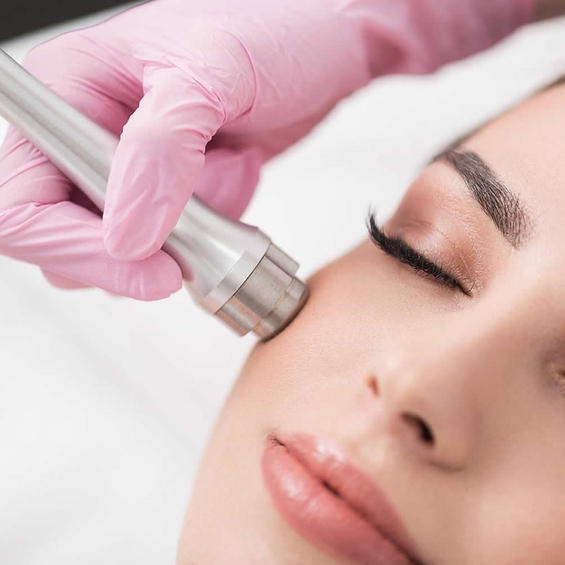Uneven skin tone and dark spots can be persistent challenges, especially for those who have struggled with acne scars, sun damage, or age-related pigmentation. People often search for non-invasive ways to address these issues without the downtime or intensity of more aggressive treatments. One widely discussed option in the world of cosmetic skincare is Microdermabrasion in Dubai, which has become a go-to procedure for those aiming to rejuvenate their skin and achieve a more even complexion.
What Is Microdermabrasion?
Microdermabrasion is a minimally abrasive skin treatment designed to gently exfoliate the skin’s surface. Using a specialized device, it removes the outermost layer of dead skin cells. This layer often contains accumulated impurities, uneven pigmentation, and clogged pores.
The method promotes skin renewal by encouraging the natural production of collagen and elastin, making the skin appear smoother, brighter, and more youthful over time.
How It Differs from Other Exfoliation Methods
Unlike chemical peels or stronger resurfacing treatments, microdermabrasion doesn’t involve acids or invasive procedures. This makes it a preferred choice for individuals seeking gradual improvements with little to no recovery time. Because it targets the superficial layers of the skin, it’s well-suited for addressing early signs of hyperpigmentation, fine lines, and surface texture.
The Nature of Dark Spots and Hyperpigmentation
What Causes Dark Spots?
Dark spots, also known as hyperpigmentation, result from excess melanin production. Common triggers include:
- Prolonged sun exposure
- Acne scarring
- Hormonal changes
- Inflammation or skin injury
These spots appear as patches that are darker than the surrounding skin and can occur anywhere on the body, though they are most common on the face, hands, and chest.
Types of Hyperpigmentation
Not all dark spots are the same. The two most common types responsive to microdermabrasion are:
- Post-Inflammatory Hyperpigmentation (PIH): Caused by acne or skin trauma
- Solar Lentigines (sun spots): Caused by UV exposure over time
These pigmentation issues are often located within the upper layers of the skin—precisely where microdermabrasion exerts its effects.
Microdermabrasion’s Role in Treating Dark Spots
Surface-Level Exfoliation and Pigment Removal
Microdermabrasion lightens dark spots primarily through repeated exfoliation. By removing the top layer of skin, the treatment gradually reduces the concentration of melanin that causes discoloration. With each session, pigmented cells are sloughed off, allowing healthier, lighter skin to emerge.
This process also enhances skin permeability, which can improve the effectiveness of topical brightening products when used in combination.
Collagen Stimulation for Even Skin Tone
In addition to exfoliation, the treatment stimulates collagen synthesis. Over time, this promotes skin healing and regeneration. Areas of uneven pigmentation benefit from this renewed cellular turnover, helping to restore a more consistent complexion.
The result is not immediate, but with consistent sessions and good skincare practices, many users report a noticeable improvement in their skin tone.
Supporting Even Skin Texture
Uneven texture often goes hand-in-hand with dark spots. Microdermabrasion not only fades pigmentation but also smooths out the skin’s surface. This dual-action benefit helps the skin reflect light more evenly, which can minimize the appearance of pigmentation and dullness.
Who Should Consider Microdermabrasion for Dark Spots?
Skin Types That Respond Well
Microdermabrasion generally works best for people with fair to medium complexions and superficial pigmentation. Individuals with darker skin tones may require customized approaches to avoid uneven lightening or sensitivity.
However, modern techniques and careful application allow broader suitability across different skin types when performed professionally and followed by proper care.
Conclusion
Microdermabrasion is a well-established method for improving skin tone and texture. It offers a non-invasive way to address dark spots, particularly those caused by sun exposure or acne. By encouraging natural exfoliation and skin renewal, microdermabrasion helps fade pigmentation over time and supports a healthier complexion.






Comments